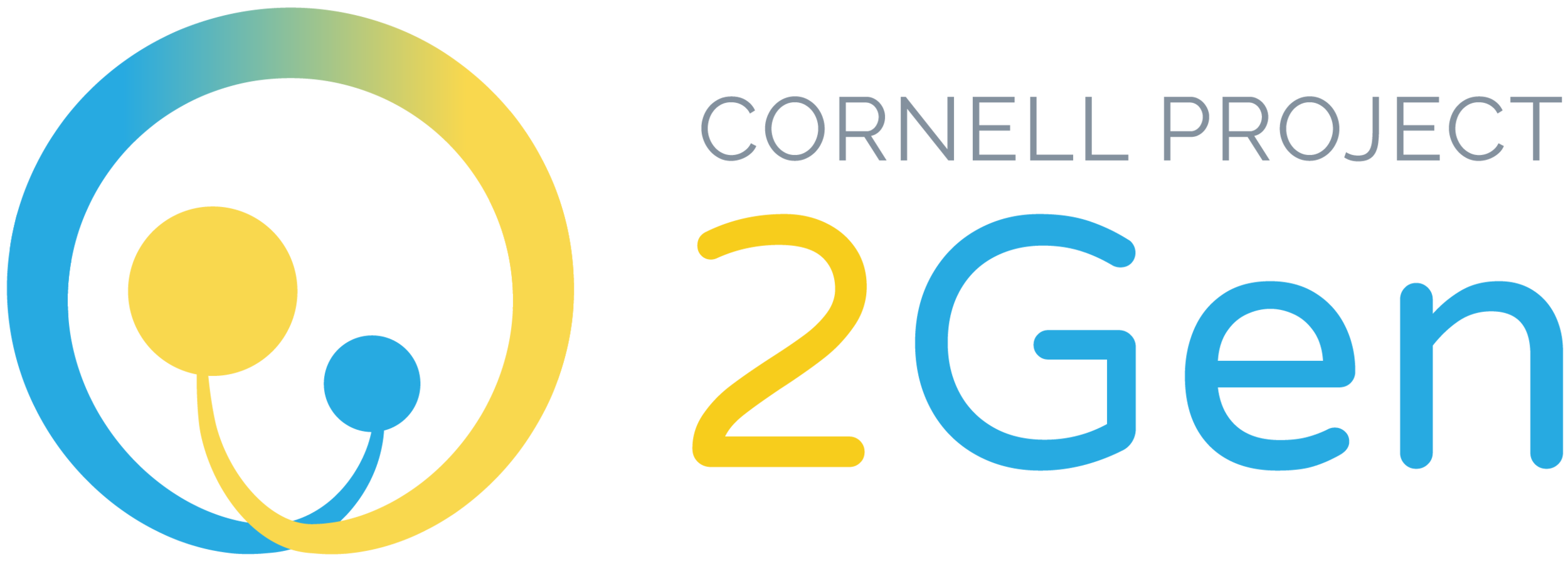What is 2Gen?
The two-generation (2Gen) approach is gaining momentum across the U.S. as a framework for research, practice, and policy. It emphasizes holistic strategies for empowering families. Research shows a strong connection between parents’ economic, psychological, and social well-being and children’s healthy development. As a result, initiatives that support parents and children jointly produce greater benefits than those that focus on only parents or children.
Two-generation approaches exist on a continuum from child-focused to parent-focused, with the unifying goal of supporting the entire family system. 2Gen approaches also consider how broader contexts—such educational and employment systems, the social environment, and policy and practice—can enhance family well-being.
2Gen History
2Gen in the United States
In the history of the U.S. social safety net, the 2gen model has received varying degrees of investment and support, with the first implementation being the 1964 launch of Head Start. In the 1980s, many state- or locally-based 2Gen programs, often referred to as “Two-Generation 1.0,” focused on early childhood, with the occasional program providing adult education or job training. Another wave of programs was aimed at young mothers and their children to reduce long-term welfare participation. Yet results from these demonstration programs varied. The 1996 welfare reform act introduced stricter requirements for welfare recipients including workforce participation and the disincentivization of parental education.
The founding of Head Start, 1964
Today, thanks to cross-sectorial investments and commitments, we are seeing a resurgence in 2gen programs, “Two-Generation 2.0,” that build on the work from 1.0 to create stronger and more effective outcomes for families. 2Gen 2.0 programs are designed by looking at the data and engaging with families and communities to better align with or fill in the gaps of public programs. With the near stagnation of the percent of people below the federal poverty line, a number which has fluctuated only a few percentage points around the 14 percent mark over the past 40 years, it is evident that there are unmet needs. Programs are also using research findings today which show social and economic determinants for later life outcomes, to better work with underserved families and communities. A child’s race, gender, location, and caregiver education are some of the strongest predictors of the later-life socioeconomic outcomes. By looking across generations and races, ethnicities and genders, those on the ground have found that it is imperative to bring a 2Gen lens in their work.
2Gen at Cornell University
Cornell University has a history of supporting 2Gen approaches to research exploring how best to promote well-being in the face of poverty and other types of adversity. Psychologist Dr. Urie Bronfenbrenner ‘38, who taught at Cornell for over 50 years, produced critical research about strengthening early childhood development through family- and community-based analysis. In the 1960s, his research and advocacy helped shape the United States’ first federally-funded 2Gen program, Head Start.
Cornell researchers work across disciplines and generations to inform policies and programs. This approach has informed some of the strongest 2Gen models in use in the United States today, including the Nurse-Family Partnership, New York State 4-H, paid family leave, and Head Start.
Urie Bronfenbrenner on Cornell campus.



